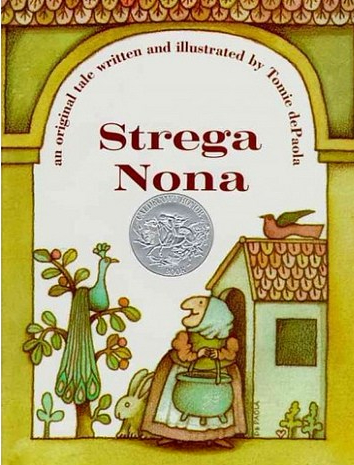When Dimple Met Rishi by Sandhya Menon
Is the context of When Dimple Met Rishi realistic? In terms of whether or not arranged marriages happen within the US, absolutely yes! My husband and I have been friends for years with a couple who are both are of Indian descent – and while the story of Dimple and Rishi is that of a different generation, there are an incredible number of similarities between their story and that of our friends, Sachin and Sarita. Like Dimple and Rishi, Sachin (California) and Sarita (Toronto) grew up outside India and were the first generation of their families that were not raised in India. Like Dimple in the story, Sachin and Sarita were initially against any marriage arranged by their parents and tried dating people through their college years and into the beginning of their careers. As they each approached their 30s, Sachin and Sarita faced growing pressure – like Dimple and Rishi – to “get onboard” with arranged marriages. As in the book, the families knew each other and knew for all intents and purposes how the children were raised. What was not covered in the book, but we learned from our friends was that the families very much took into account that Sachin and Sarita had not grown up in India, so when seeking partners, they purposefully looked for people with similar life experience in order to maximize compatibility.
In the book, the initial meeting between Dimple and Rishi was a hilarious encounter where only Rishi knows their future has been “arranged” (“Hello future wife,” says Rishi, only to get a coffee thrown in his face by the frightened Dimple). In real life, Sachin and Sarita both knew they had been set up by their parents. But, what happened next, syncs with the book quite well. Like Dimple and Rishi, Sachin and Sarita fell in love, regardless of whether or not that was part of the “arranged” plan. Just as Dimple and Rishi found they shared so many common views of the world and so many shared life experiences (interactions with and expectations from their parents, cultural touchstones, life with siblings who also grew up in the West, and much more), Sachin and Sarita felt like their relationship was “kismet” too.
Like the book, Sachin and Sarita had moments of doubt and spent a good amount of time updating their family on what was happening with their relationship. Unlike the book though, Sachin and Sarita did not break up temporarily and headed straight down the aisle for a long and loving marriage with kids.
From our experience knowing Sachin and Sarita, there is no question that When Dimple Met Rishi rings true. Their experience changed my husband’s and my view on arranged marriage – before I knew them, I thought the concept was backward and insane, but once I heard their story, arranged marriage sounded like it had many benefits over the western model of meeting random people and hoping to fall in love. I expect the book will have the same impact on teens – and adults. Thoughtfully arranged marriage doesn’t seem so crazy when you live in people’s shoes who are experiencing it firsthand. And, the book may surprise readers who don’t know that arranged marriages – between two American citizens – happens all the time.
The book does a wonderful job of showing some of the lesser known challenges of the first or second generation immigrant to the US. Everyone has heard about language challenges or difficulty finding work and so forth. But, the book speaks to the challenge of figuring out which of a family’s cultural elements to bring with them or discard. Perhaps some of the biggest hurdles faced by immigrants happens within their own families.
Overall, When Dimple Met Rishi is a great book to include in any inclusion school library collection. Like the best of books, it shares real experiences through the vehicle of a gripping (and really, really funny) story. Of course, the core of Dimple and Rishi’s narrative is a romantic relationship and the author does an amazing job – through the alternating voices of the characters – of bringing the reader along on the roller-coaster of highs and lows that any such relationship navigates through. There is no question that the arc of the book is the tried-and-true “boy meets girl, boy loses girl, boy and girl get back together” but the fresh perspective of Dimple and Rishi will make any reader forgot that they’ve heard the basic story before.
Our high school does not currently include a copy of this book, but I will rectify that as soon as I can! I can’t wait to talk about the book with students and hear their reactions to this modern American love story.
— Jane Andrews
